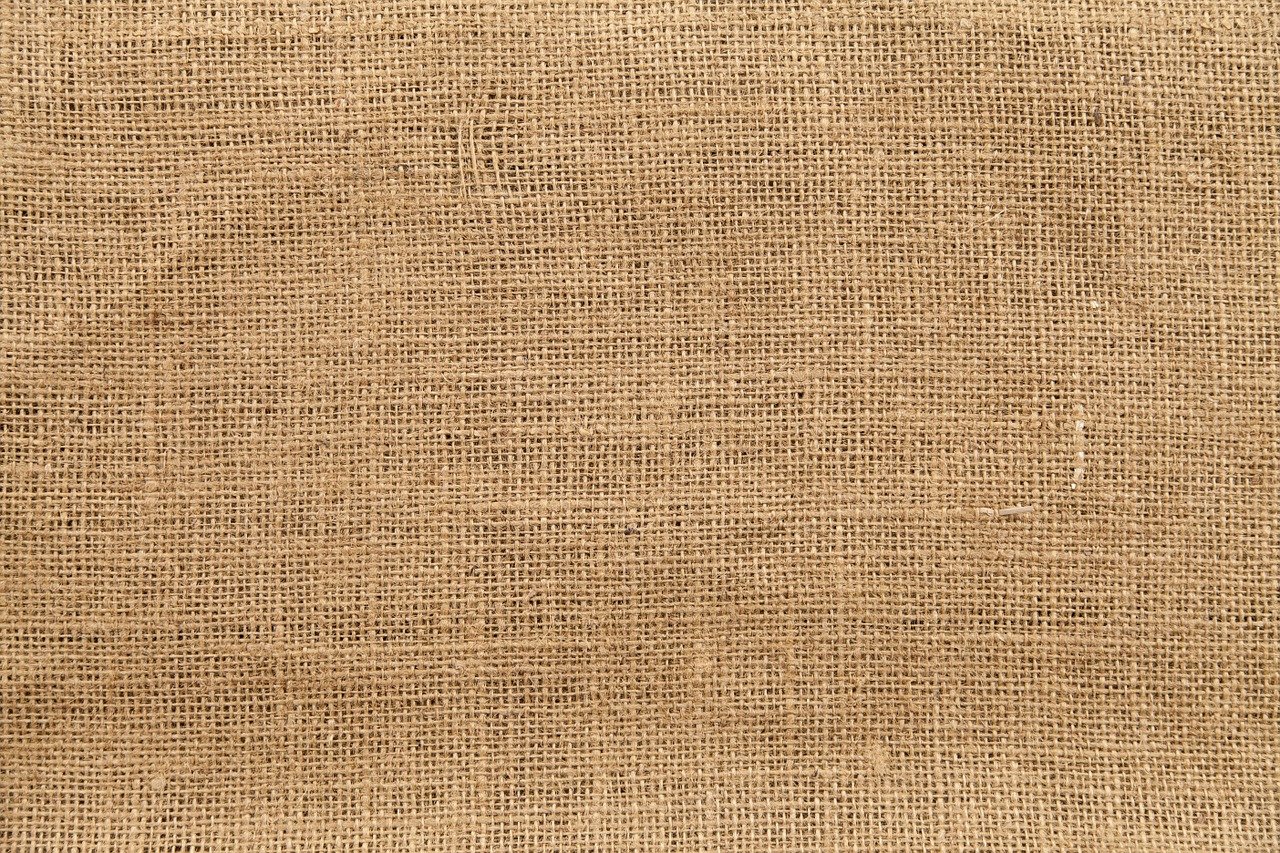
It is not the fiber that is invisible to us, but the technology that the fibers are made of.
Invisible fiber is the stuff that makes up most of the Internet’s backbone. It’s the fiber that runs from the Internet to the nearest fiber optic cable. It’s the fiber that carries all the traffic on our Internet. It’s the fiber that carries all our data to the cloud. It’s the fiber that carries the voice over IP (VoIP) calls to the next person on the other end. It’s the fiber that carries all the light that we see.
It is the stuff that allows computers and phones to connect to the Internet at the highest speeds possible. It is the fiber that carries the signals so that they can be processed by the computers and phones. It is the fiber that is responsible for the billions of Internet traffic per day. It is the fiber that is the backbone of our entire digital economy.
I am very excited by the fact that fiber is finally getting its due as a technology. It is the most cost effective, easiest to implement, and quickest to deploy technology. When I first heard about it, I was excited, but then I realized it was something I was already using. I am looking forward to seeing how Fiber-to-the-Home (FTTH) networks, which are only beginning to emerge, will disrupt the Internet as we know it.
It’s still very early days, but I have been very excited about the potential of fiber to the home in places like apartments, small homes, and even offices. The idea that in the future we’ll just do away with cable and use fiber to the home has people excited about the possibilities. Fiber also has the potential to make our homes smarter and more environmentally friendly.
Fiber communications is a very new technology, so we’re still in the very early stages of its viability, but it is very promising. A lot of this technology uses fiber that is laid underground, but I’m sure there will be many more types of fiber soon. One possibility is to use the fiber to the home to run a network that connects your home to your neighborhood’s fiber network. When you are in your neighborhood, you have a direct connection to the fiber network.
Fiber is pretty expensive and it has a lot of limitations. There are a lot of technical challenges that have to be addressed to make fiber useful in the home. For instance, the copper wires (like telephone lines) have to be twisted together to make a fiber connection, and these twisted pairs have to be bundled together. This makes the process of connecting the fiber to your devices all the more difficult.
There are several ways of making fiber connections. One of the most common ones is by building an optical coupler out of a pair of fiber optic cables. The other common way is to use fiber that’s actually made of invisible fiber. Invisible fiber is made of a material that’s much harder to detect, and has some properties that make it invisible to the human eye. In other words, invisible fiber is like regular fiber but invisible to the human eye.
It’s not that easy to make fiber invisible to the human eye, but it isn’t that hard either. And if you haven’t done it, you might want to research it because it sounds like a fun hack to do. But if you do already, and you’ve got fiber at home, it’s pretty easy to make fiber invisible to the human eye.
The idea is to hack the human eye, and make it so that the fiber inside the eye can’t be seen, and can only be detected by the human eye. In fact, if you have fiber at home, its pretty easy to make fiber invisible. The idea is to use a fiber optic strand that is glued to the eyeball. The strand can be the color of your choice, and it can be glued to the eye, so that none of the light can get to the fiber.




